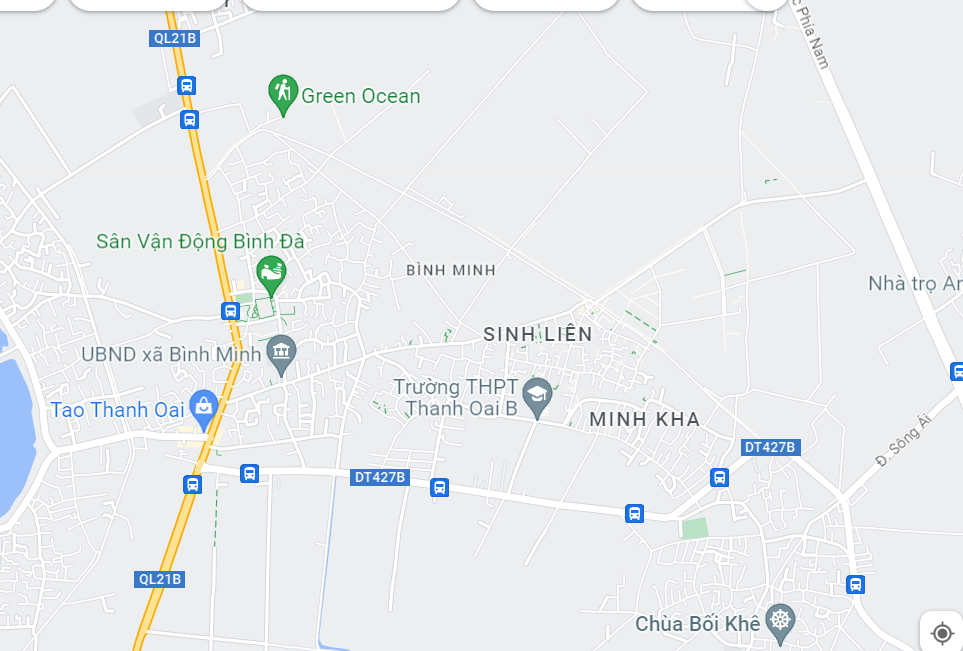The Science of Mining: What Makes Mines So Engaging and Challenging
Mines, whether they’re virtual or real-world slots, have been a staple in casinos and gaming establishments for decades. Despite their simplicity, mines have an enduring appeal that continues to captivate players worldwide. But what makes them so engaging and challenging? In this article, we’ll delve into the science behind the allure of mines and explore why they remain a favorite among gamblers.
here The Psychology of Risk and Reward
One key factor contributing to the allure of mines is the psychology of risk and reward. Mines often involve spinning reels or tapping tiles, which creates an element of unpredictability and excitement. Players are drawn in by the prospect of winning big, but also acknowledge that they may lose everything at any moment. This inherent uncertainty taps into our natural affinity for taking calculated risks, a fundamental aspect of human behavior.
The Brain’s Reward System
Research has shown that the brain’s reward system is closely tied to the concept of risk and reward. When we engage in activities like playing mines, our brains release dopamine, a neurotransmitter associated with pleasure and motivation. This surge in dopamine reinforces our desire to continue playing, as it creates an association between the activity and feelings of enjoyment.
The Role of Pattern Recognition
Mines often involve recognizing patterns or combinations of symbols, which activates the brain’s pattern recognition centers. Our brains are wired to recognize and respond to familiar patterns, whether they’re faces, shapes, or sounds. By tapping into this innate ability, mines create an engaging experience that challenges players to identify and exploit these patterns.
The Impact of Skill vs. Chance
Games like mines walk a fine line between skill and chance. While some games, such as video poker, rely heavily on player strategy, others, like slots, are almost entirely dependent on luck. Mines occupy a gray area in between, requiring players to balance strategic decisions with an element of chance.
The Science of Variable Ratio Schedules
Variable ratio schedules (VRS) refer to the way rewards are dispensed in games like mines. VRSs involve delivering unpredictable rewards at random intervals, rather than providing them consistently or according to a set schedule. This type of reinforcement can lead to intense and variable motivation, as players are encouraged to continue playing due to the potential for immediate reward.
The Allure of Progressive Jackpots
Progressive jackpots, often associated with mines and slots, create an additional layer of engagement through the promise of massive rewards. These jackpots accumulate over time from a percentage of each bet placed on the relevant game. The prospect of winning a life-changing sum creates a sense of excitement and anticipation among players, as they feel their odds of success increase with each spin.
The Impact of Social Interaction
Mines are often played in social environments, such as online casinos or brick-and-mortar establishments. Players interact with others who share similar goals and experiences, creating a collective atmosphere of competition and camaraderie. This social element adds an additional layer of engagement to mines, making them more enjoyable for players.
The Science of Habituation
Habituation is the process by which our brains become accustomed to repeated stimuli or activities. As we continue to play mines, our brains habituate to the sounds, visuals, and patterns involved in these games. This adaptation can lead to a decrease in enjoyment over time, as players may find themselves feeling desensitized to the activity.
The Evolution of Mines
Over the years, mines have undergone significant changes to remain relevant in an increasingly competitive gaming market. Modern slots often incorporate advanced graphics, immersive storylines, and innovative gameplay mechanics. The evolution of mines has led to a more engaging experience for players, as they are presented with new challenges and rewards.
Conclusion
The science behind mines is complex and multifaceted. By combining elements of psychology, neuroscience, and game design, developers create an environment that encourages engagement and participation from players. Whether it’s the thrill of risk and reward, the brain’s reward system, or the impact of social interaction, mines offer a captivating experience for gamblers worldwide.
The Future of Mines
As technology continues to advance, we can expect to see further innovations in mine design. Virtual reality (VR) and augmented reality (AR) applications may soon allow players to immerse themselves in virtual environments, creating an unparalleled level of engagement and realism.
By understanding the science behind mines, we gain a deeper appreciation for why these games continue to captivate audiences. As developers strive to push the boundaries of game design, they are driven by our innate desire for challenge, excitement, and reward. The evolution of mines will undoubtedly continue to shape the gaming landscape, as it remains an integral part of casinos and online establishments worldwide.
Ultimately, the allure of mines lies not in their complexity or simplicity but in their ability to tap into fundamental human behaviors and emotions. As we continue to explore the intersection of psychology, neuroscience, and game design, one thing is certain: mines will remain a beloved and enduring aspect of the gaming industry for years to come.




